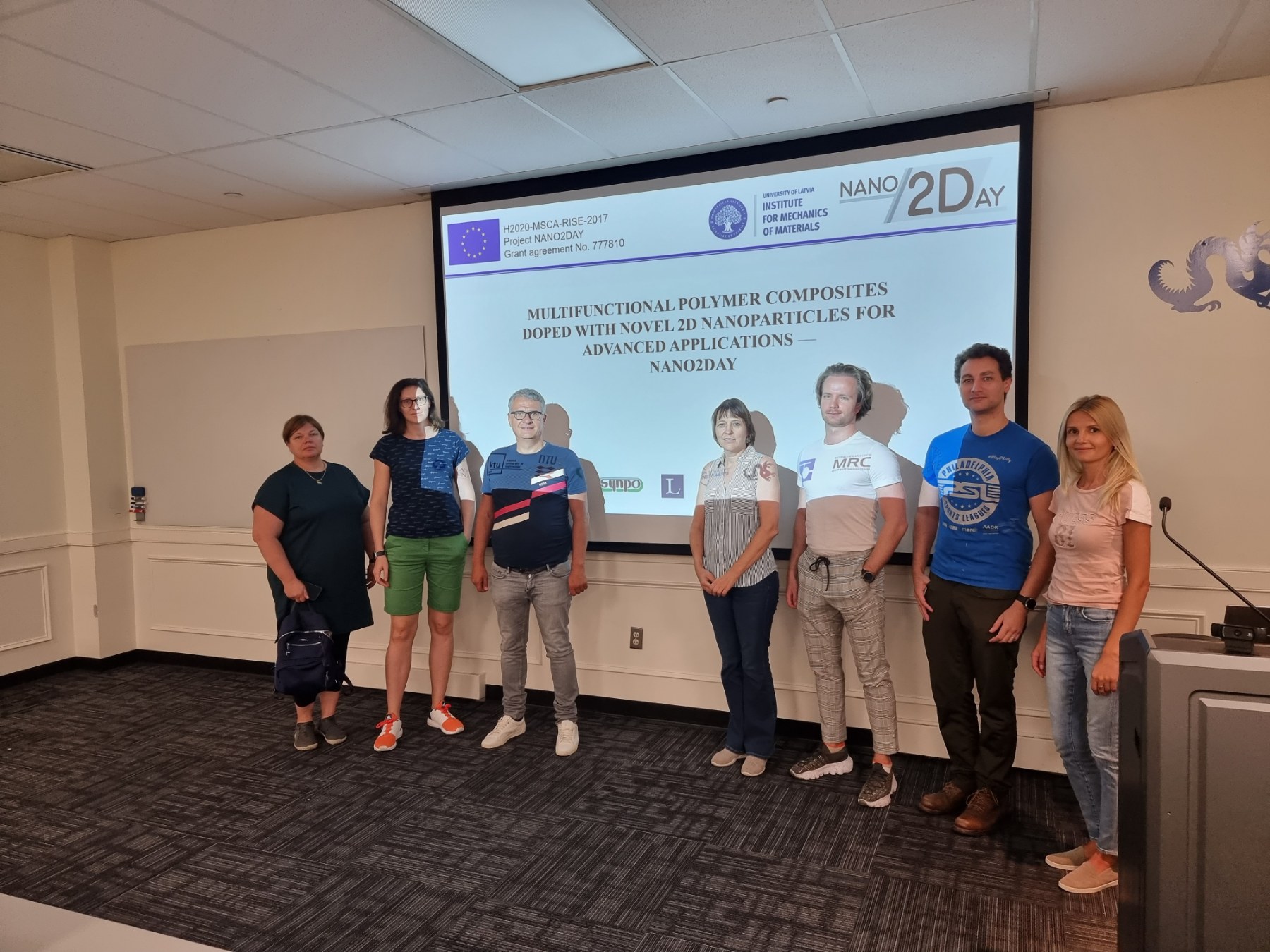| Rus | Eng |
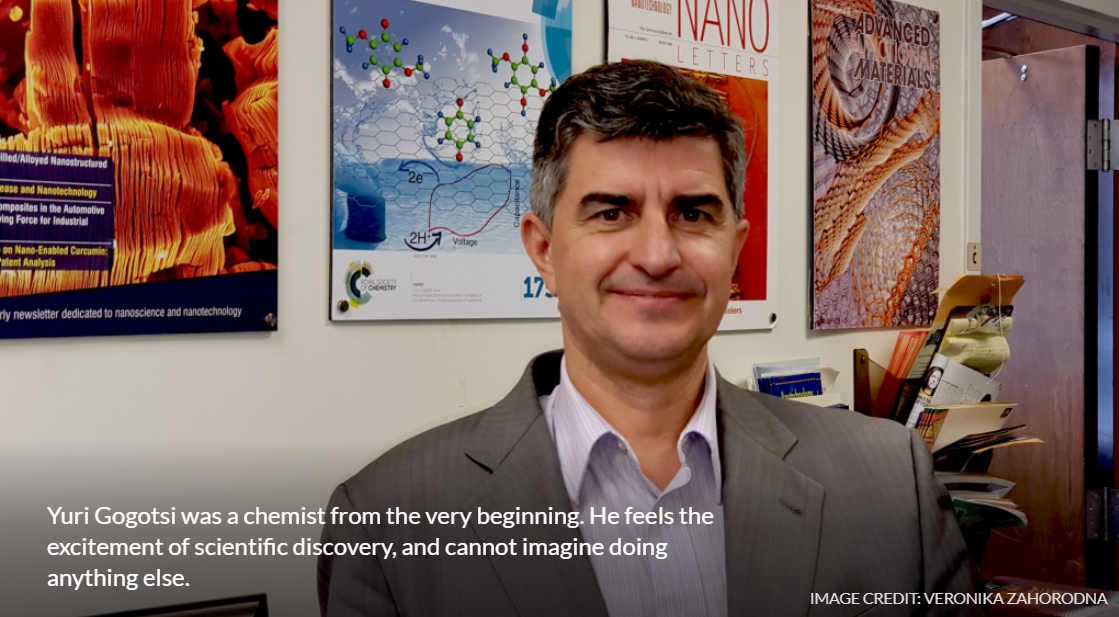
It was love at first sight for Yury Gogotsi. Hooked on chemistry since his earliest high school classes, a young Yuri followed his passion into the field of metallurgy, steering toward the synthesis and characterization of new materials to earn a doctorate in physical chemistry from what was then known as Kiev Polytechnic (currently, Igor Sikorsky National Technical University of Ukraine).
Finding a faculty position in the US while working as a post-doc in Europe was one of the greatest challenges of Gogotsi’s career. Eventually, though, patience and hard work paid off, and his earlier studies of non-oxide ceramics and carbon materials set the focus for his own research group at Drexel University, where he currently holds a Charles T. and Ruth M. Bach Distinguished University Professorship in materials science and engineering. Since 2000, his group has been leading advances in our understanding of carbon nanomaterials – including graphene, nanotubes, nanodiamond, and nanoporous carbons – as well as 2D carbides and nitrides (especially MXenes and BN).
Gogotsi feels that the greatest recent step in the field of materials science was the discovery of new 2D materials, the “building blocks of the future”
He is very enthusiastic about the use of nanotechnology to generate “new artificial materials, structures and devices from nanoscale building blocks” and the increased application of “modeling, simulation, and machine learning for solving materials science problems”, though he admits concern regarding the unknown effects that artificial intelligence will have on our future lives. He is also conscious of the energy required for computation and the importance of exploiting renewable resources to develop new technologies – ones that reduce energy consumption. “We need revolutionary discoveries here,” he says. “Evolutionary development won’t be enough.”
A major focus of his group’s work is electrochemical energy storage, and he has produced several seminal works on the topic in collaboration with Patrice Simon (Université Paul Sabatier). Gogotsi points out the many opportunities for international cooperation created since the formation of the EU, the fall of the Soviet empire, and the opening of China, but pauses to question the influence of politics on emerging collaborations. He also believes that universities are not doing enough to support scientific discovery right from the beginning of what he calls the “life-long learning process”, only teaching the dry basics and failing to properly engage students or to help people appreciate the role of science in society.
Science is indeed something that gets into your blood: the failure of others to appreciate the excitement of discovery must be particularly difficult for him to identify with. “I cannot imagine doing anything else,” Gogotsi says of his chosen career. His own advice to students? “There are no dogmas in science – challenge everything.”
Be inspired by MXenes: read the outstanding and freely accessible review of their electronic and optical properties by Hantanasirisakul and Gogotsi in the Advanced Materials Hall of Fame virtual issue, and see how his group is using them for paper-based energy storage.
Source: https://www.advancedsciencenews.com/hall-of-fame-highlight-yuri-gogotsi/
_________________________________________
Electronic and Optical Properties of 2D Transition Metal Carbides and Nitrides (MXenes)
Kanit Hantanasirisakul, Yury Gogotsi ⁄ Advanced Materials ⁄ First Published: 19 November 2018
Direct Writing of Additive‐Free MXene‐in‐Water Ink for Electronics and Energy Storage
Evan Quain, Tyler S. Mathis, Narendra Kurra, Kathleen Maleski, Katherine L. Van Aken, Mohamed Alhabeb, Husam N. Alshareef , Yury Gogotsi
Advanced Materials ⁄ First published: 05 September 2018 ⁄ https://doi.org/10.1002/admt.201800256




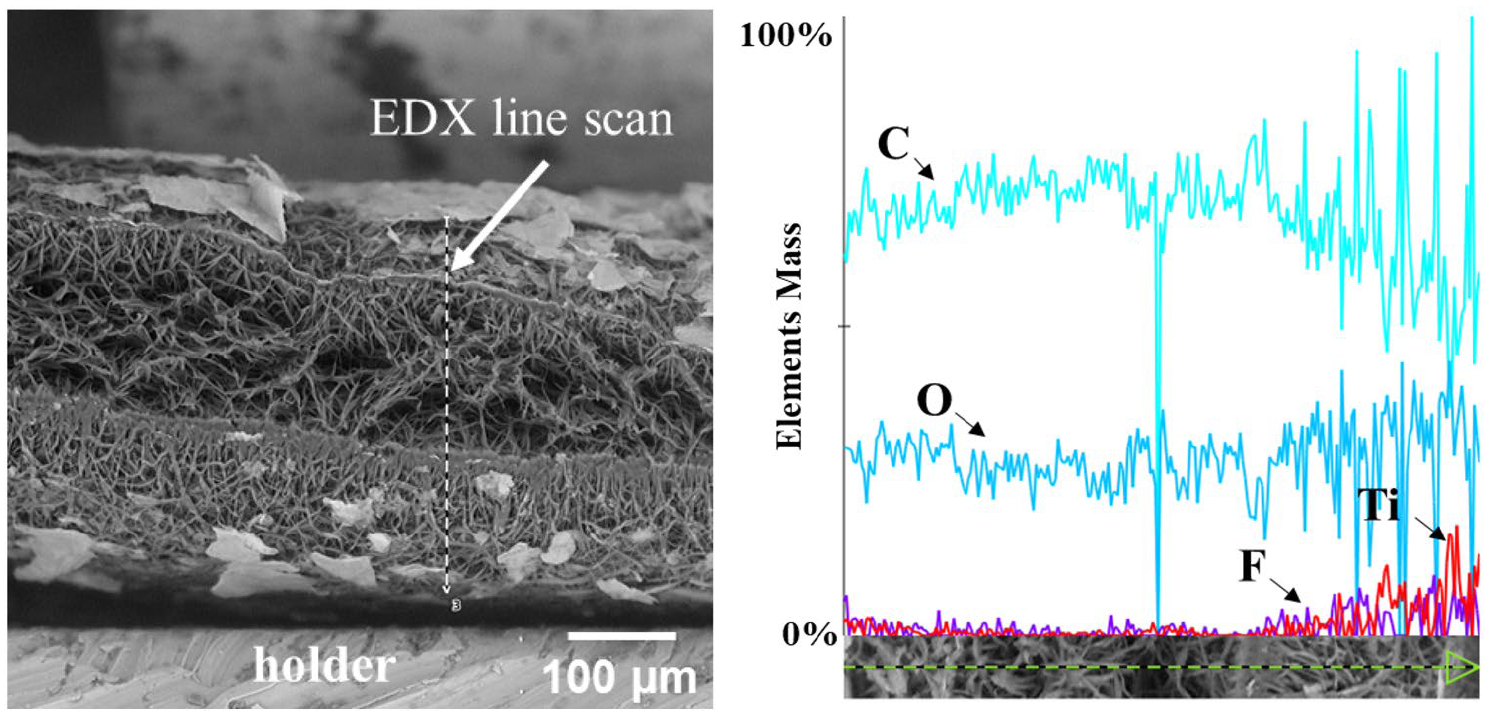 Here we demonstrate a new developed method for depositing Ti3C2Tx MXenes onto hydrophobic electrospun PCL membranes using oxygen plasma treatment. These novel patches hold tremendous potential for providing mechanical support to damaged heart tissue and enabling electrical signal transmission,thereby mimicking the crucial electroconductivity required for normal cardiac function. After a detailed investigation of scaffold-to-cell interplay, including electrical stimulation, novel technology has the potential for clinical application not only for cardiac regeneration, but also as neural and muscular tissue substitutes.
Here we demonstrate a new developed method for depositing Ti3C2Tx MXenes onto hydrophobic electrospun PCL membranes using oxygen plasma treatment. These novel patches hold tremendous potential for providing mechanical support to damaged heart tissue and enabling electrical signal transmission,thereby mimicking the crucial electroconductivity required for normal cardiac function. After a detailed investigation of scaffold-to-cell interplay, including electrical stimulation, novel technology has the potential for clinical application not only for cardiac regeneration, but also as neural and muscular tissue substitutes.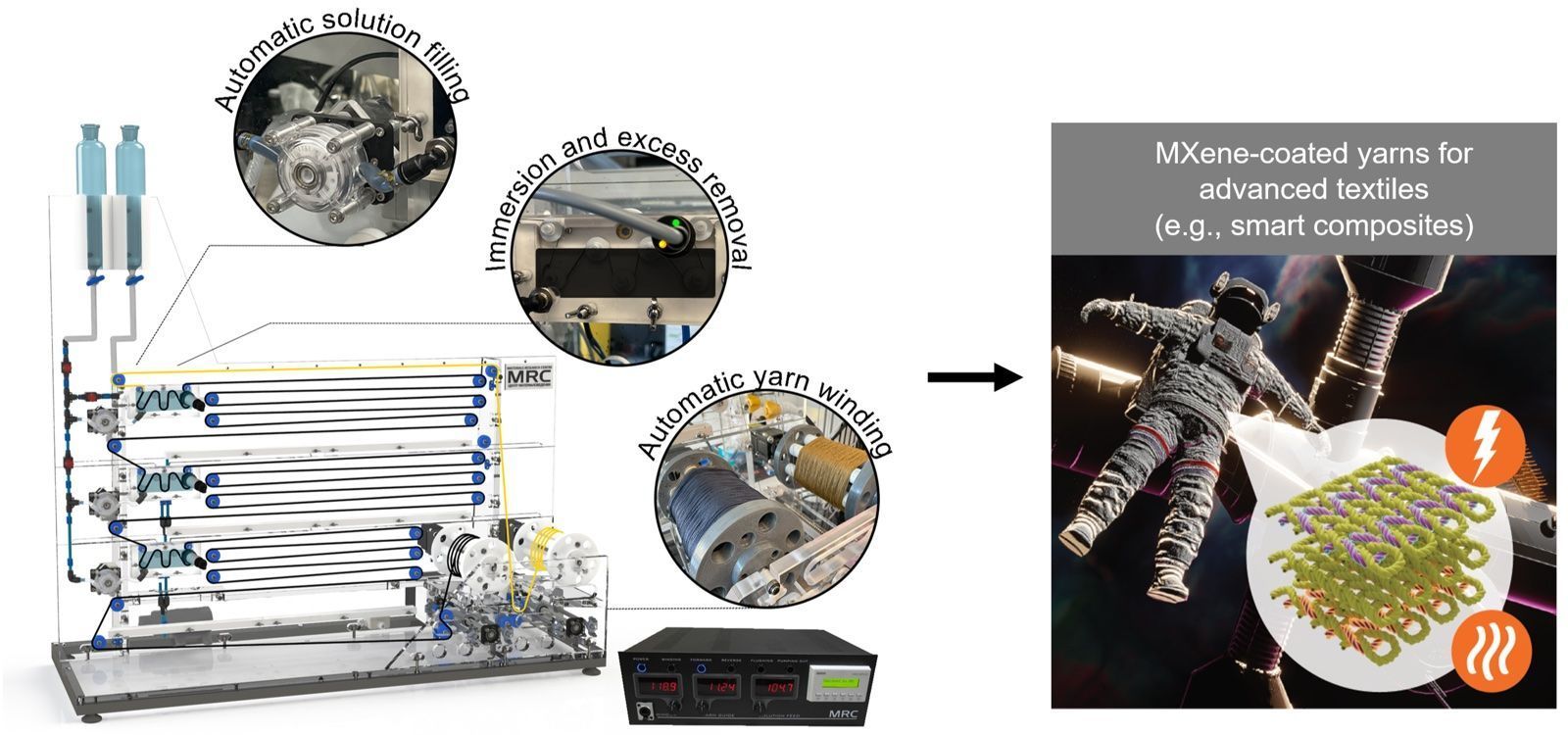
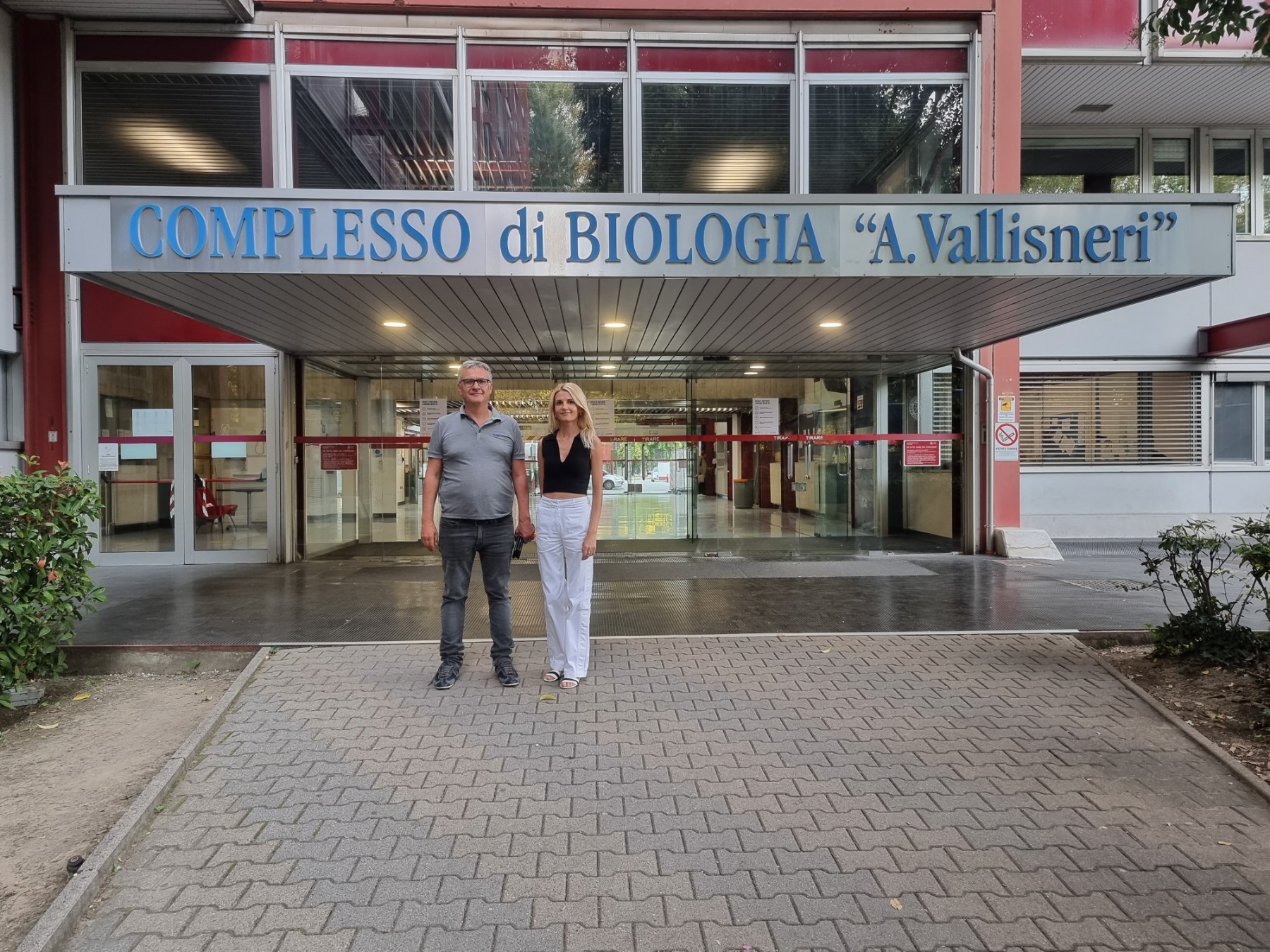 MX-MAP project participants from MRC Dr. Oleksiy Gogotsi and Veronika Zahorodna performed split secondment visit to project partner organization University of Padova (Italy). MX-MAP project works on development of the key strategies for MXene medical applications.
MX-MAP project participants from MRC Dr. Oleksiy Gogotsi and Veronika Zahorodna performed split secondment visit to project partner organization University of Padova (Italy). MX-MAP project works on development of the key strategies for MXene medical applications. 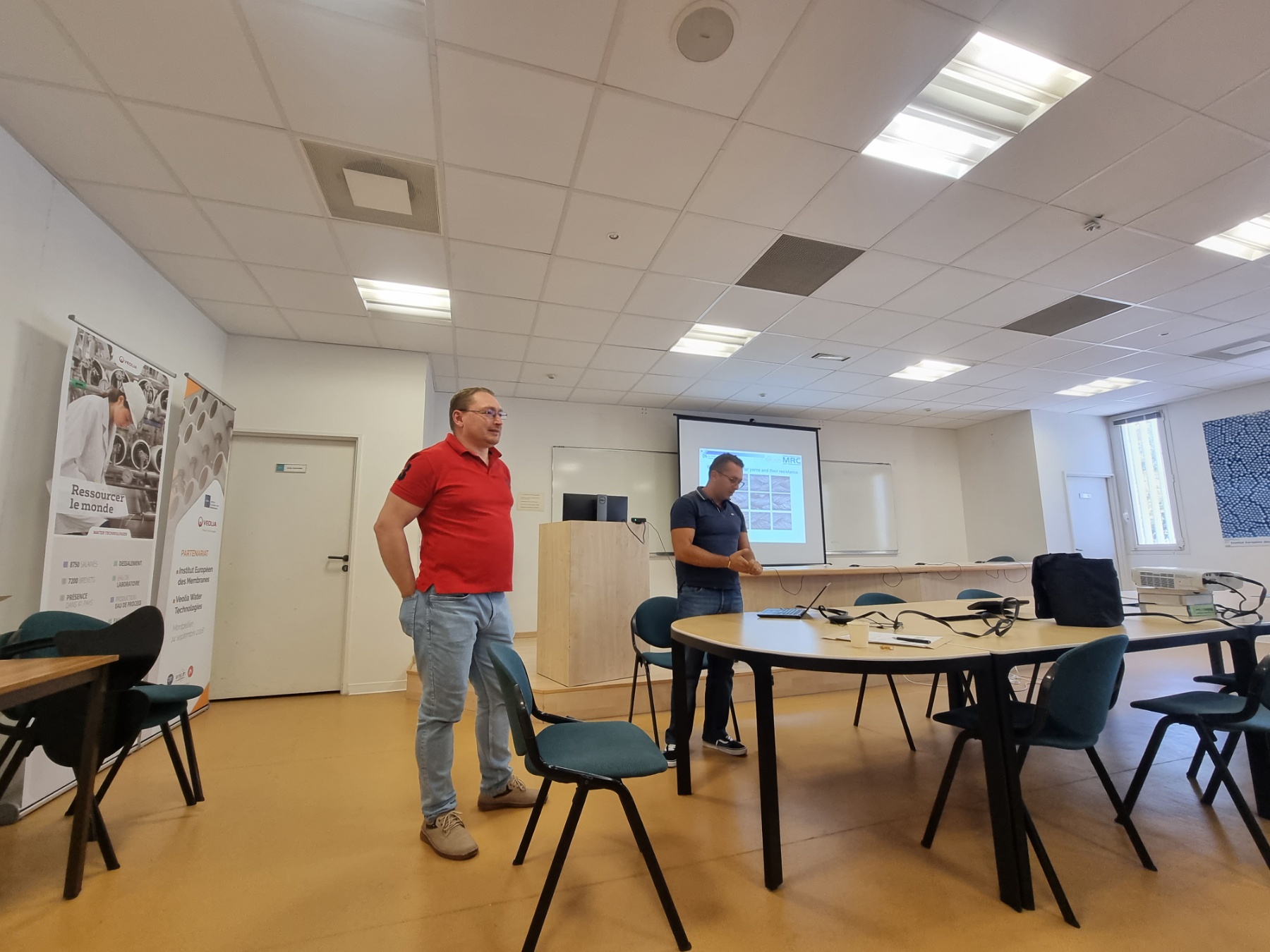 CanbioSe Project Meeting and Project Workshop was held at European Institute of Membranes (IEM), University of Montpellier, France on September 26-27, 2023. The workshop was focused on the theme of "Commercializing Biosensors, Intellectual Property, and Knowledge Transfer from Academia to Industry.
CanbioSe Project Meeting and Project Workshop was held at European Institute of Membranes (IEM), University of Montpellier, France on September 26-27, 2023. The workshop was focused on the theme of "Commercializing Biosensors, Intellectual Property, and Knowledge Transfer from Academia to Industry. Dr. Oleksiy Gogotsi and Veronika Zahorodna visited IEEE NAP 2023 conference held in Bratislava on September 10-15, 2023. The prime focus of the IEEE NAP-2023 was on nanoscale materials with emphasis on interdisciplinary research exploring and exploiting their unique physical and chemical proprieties for practical applications.
Dr. Oleksiy Gogotsi and Veronika Zahorodna visited IEEE NAP 2023 conference held in Bratislava on September 10-15, 2023. The prime focus of the IEEE NAP-2023 was on nanoscale materials with emphasis on interdisciplinary research exploring and exploiting their unique physical and chemical proprieties for practical applications.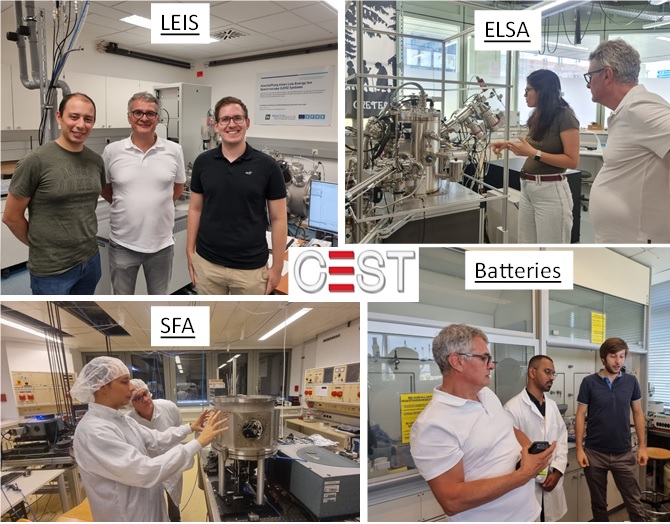 Director of MRC and Carbon-Ukraine Dr. Oleksiy Gogotsi visited CEST labs in Wiener Neustadt (Low Energy Ion Scattering, Batteries development) and TU Vienna (ELSA, SFA). He meet with Dr. Pierluigi Bilotto, Dr. Chriatian Pichler and their colleagues, discussing novel materials and r&d activities for new technologies.
Director of MRC and Carbon-Ukraine Dr. Oleksiy Gogotsi visited CEST labs in Wiener Neustadt (Low Energy Ion Scattering, Batteries development) and TU Vienna (ELSA, SFA). He meet with Dr. Pierluigi Bilotto, Dr. Chriatian Pichler and their colleagues, discussing novel materials and r&d activities for new technologies.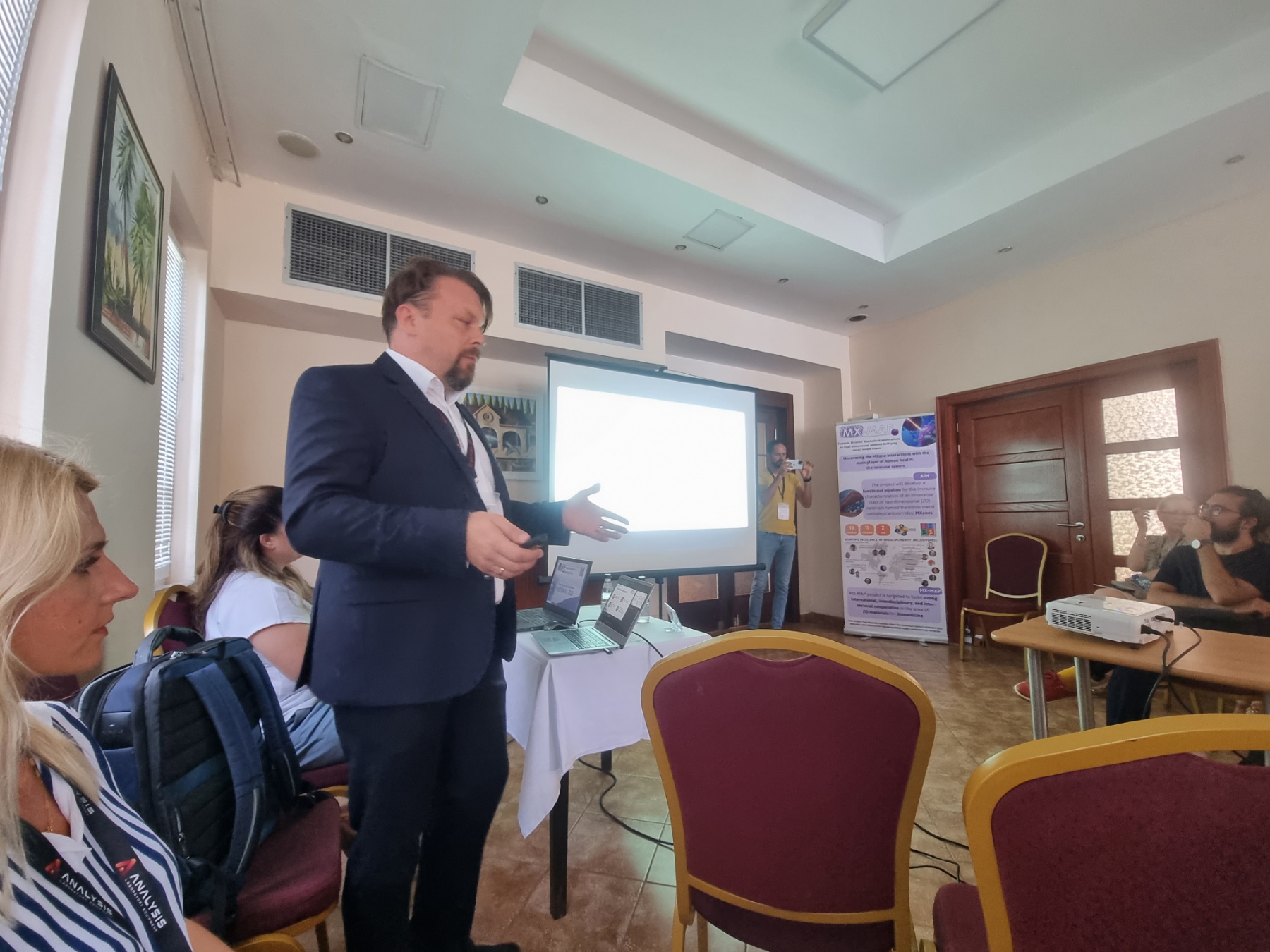 MX-MAP Session was held during the YUCOMAT Conference 2023 titled: "Towards MXenes’ biomedical applications by high-dimensional immune MAPping", HORIZON-MSCA-2021-SE-01 project MX-MAP.
MX-MAP Session was held during the YUCOMAT Conference 2023 titled: "Towards MXenes’ biomedical applications by high-dimensional immune MAPping", HORIZON-MSCA-2021-SE-01 project MX-MAP.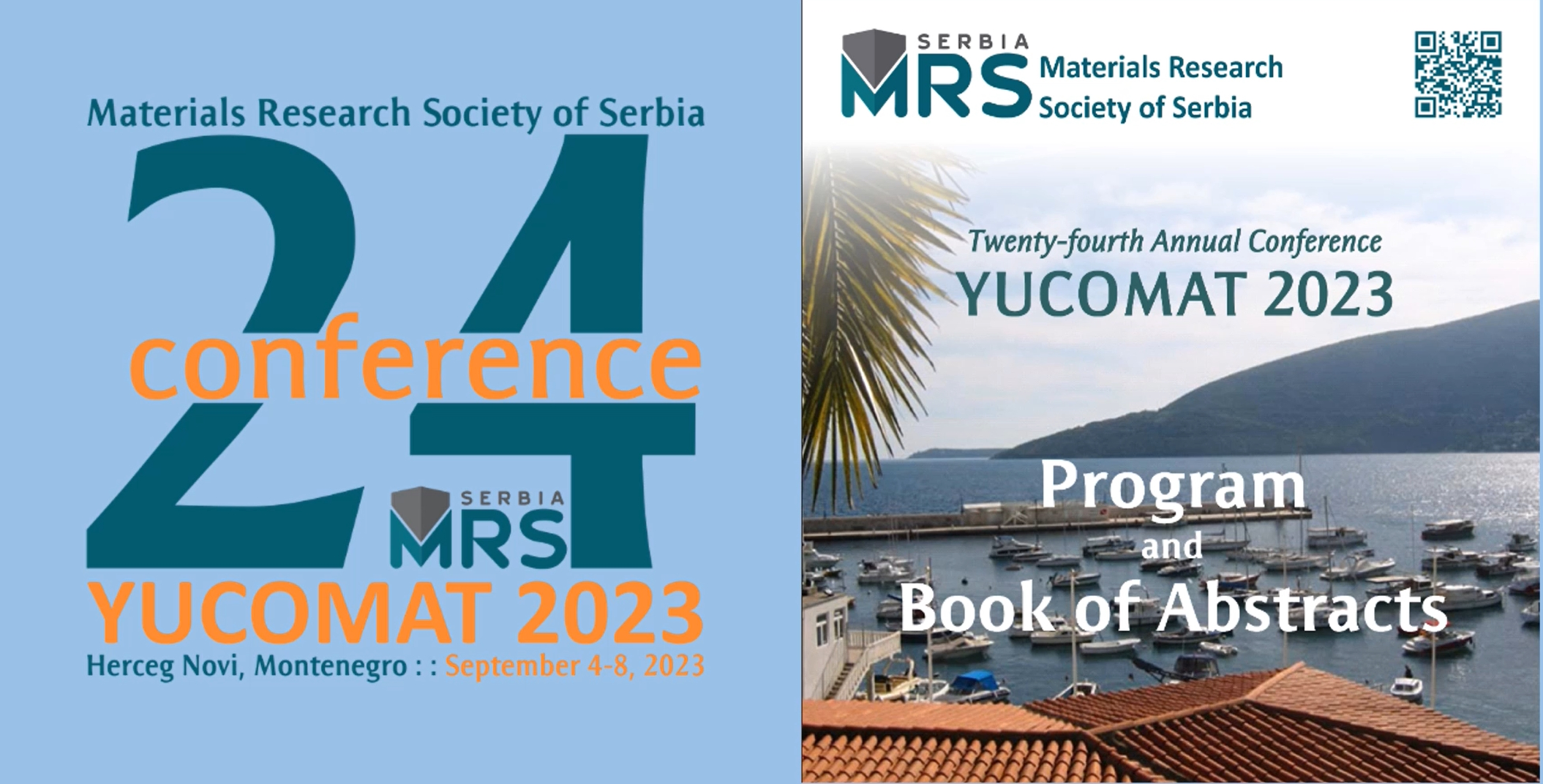
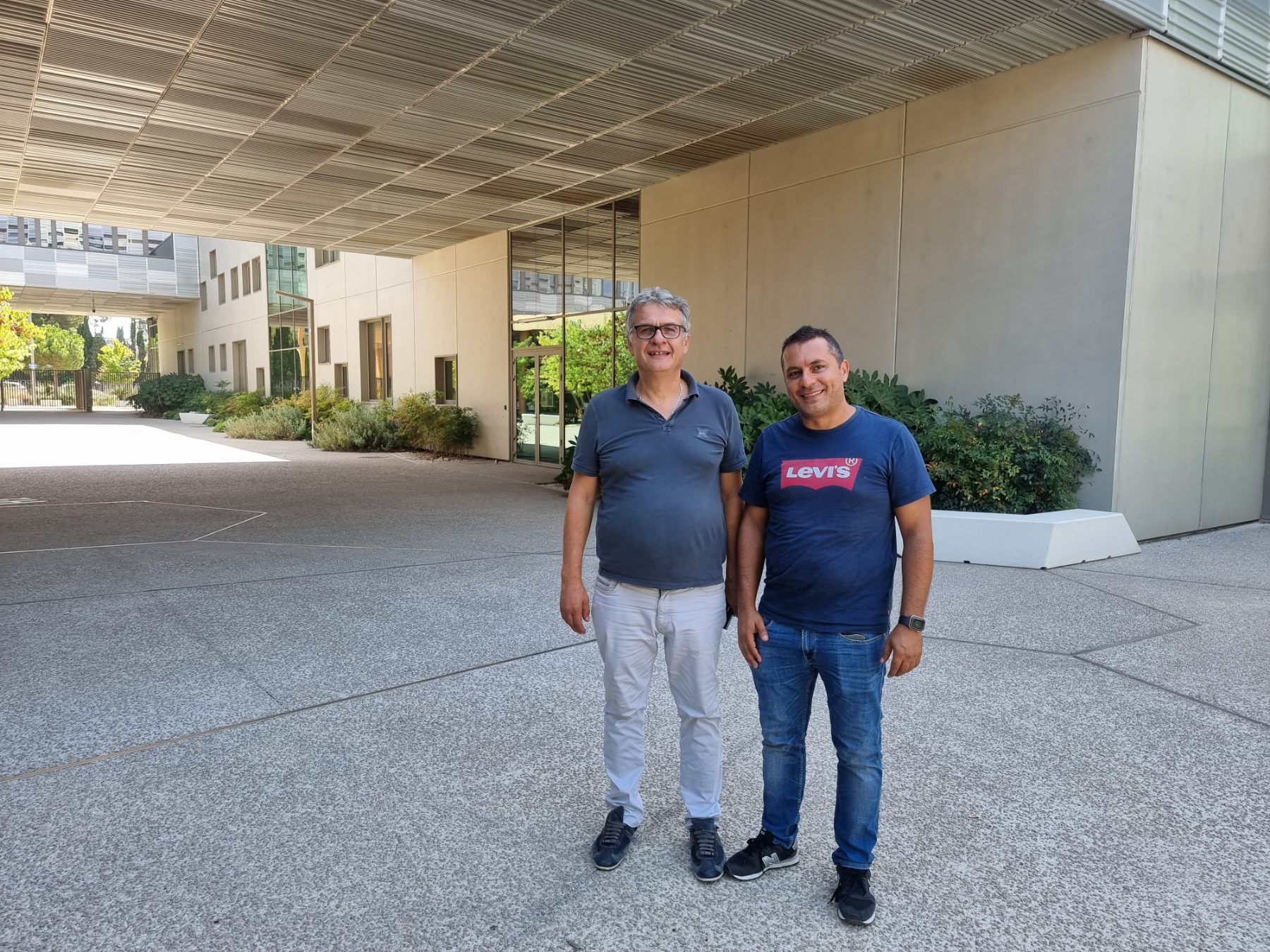 CANBIOSE project participants from MRC Dr. Oleksiy Gogotsi and Veronika Zahorodna performed secondment visit to project partner organization European Institute of Membranes in Montpellier (France) on August -September 2023.
CANBIOSE project participants from MRC Dr. Oleksiy Gogotsi and Veronika Zahorodna performed secondment visit to project partner organization European Institute of Membranes in Montpellier (France) on August -September 2023.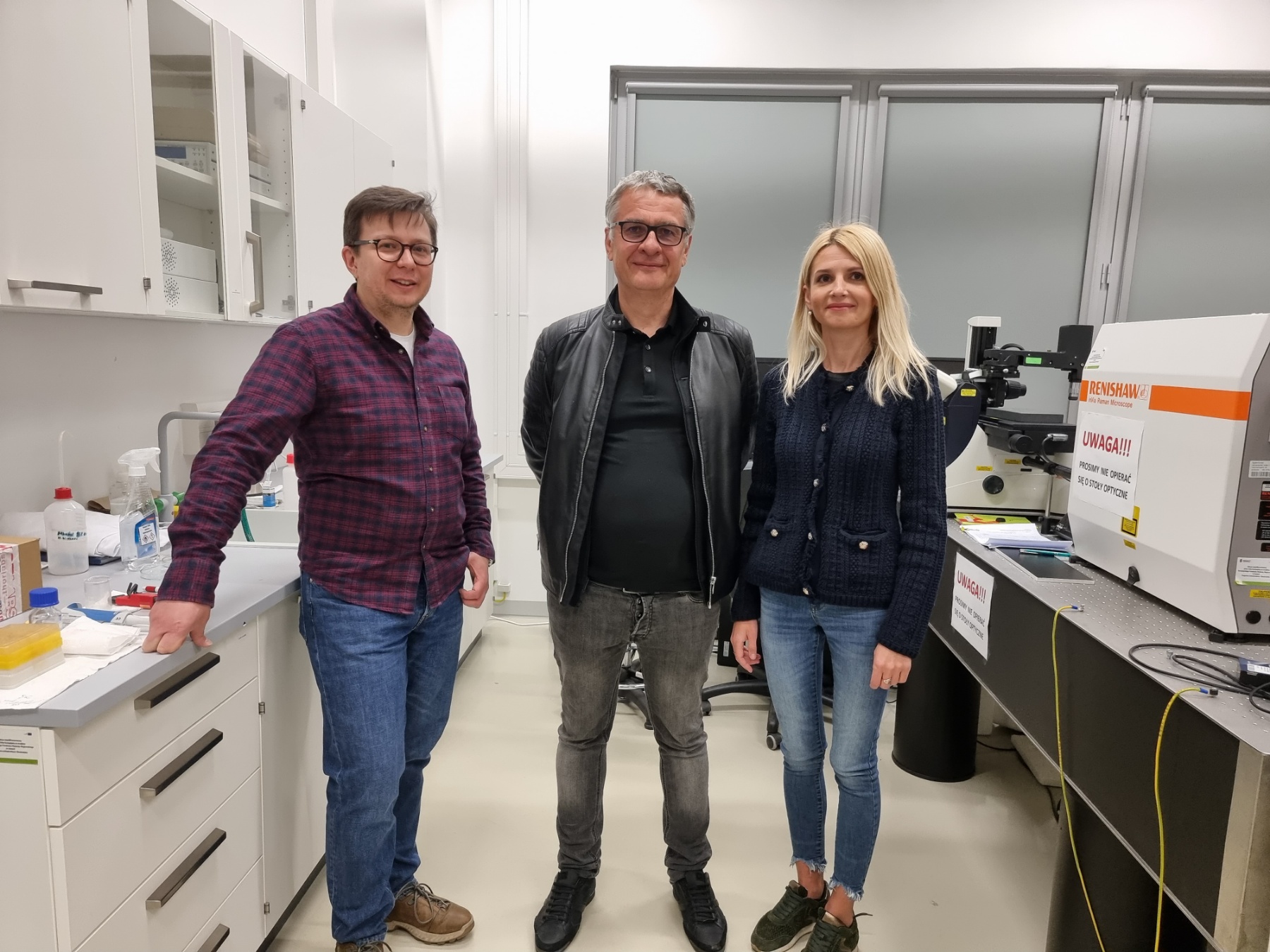 MRC researchers Dr. Oleksiy Gogotsi and Veronika Zahorodna were visiting Nanobiomedical Centre, Adam Mickewicz University in Poznan, Poland due to close collaboration with AMU team led by Dr. Igor Iatsunskiy.
MRC researchers Dr. Oleksiy Gogotsi and Veronika Zahorodna were visiting Nanobiomedical Centre, Adam Mickewicz University in Poznan, Poland due to close collaboration with AMU team led by Dr. Igor Iatsunskiy. 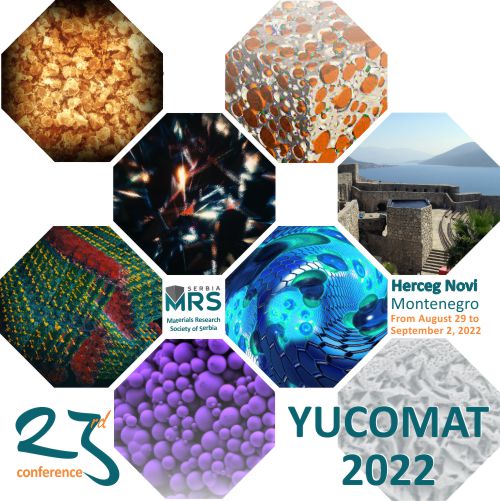
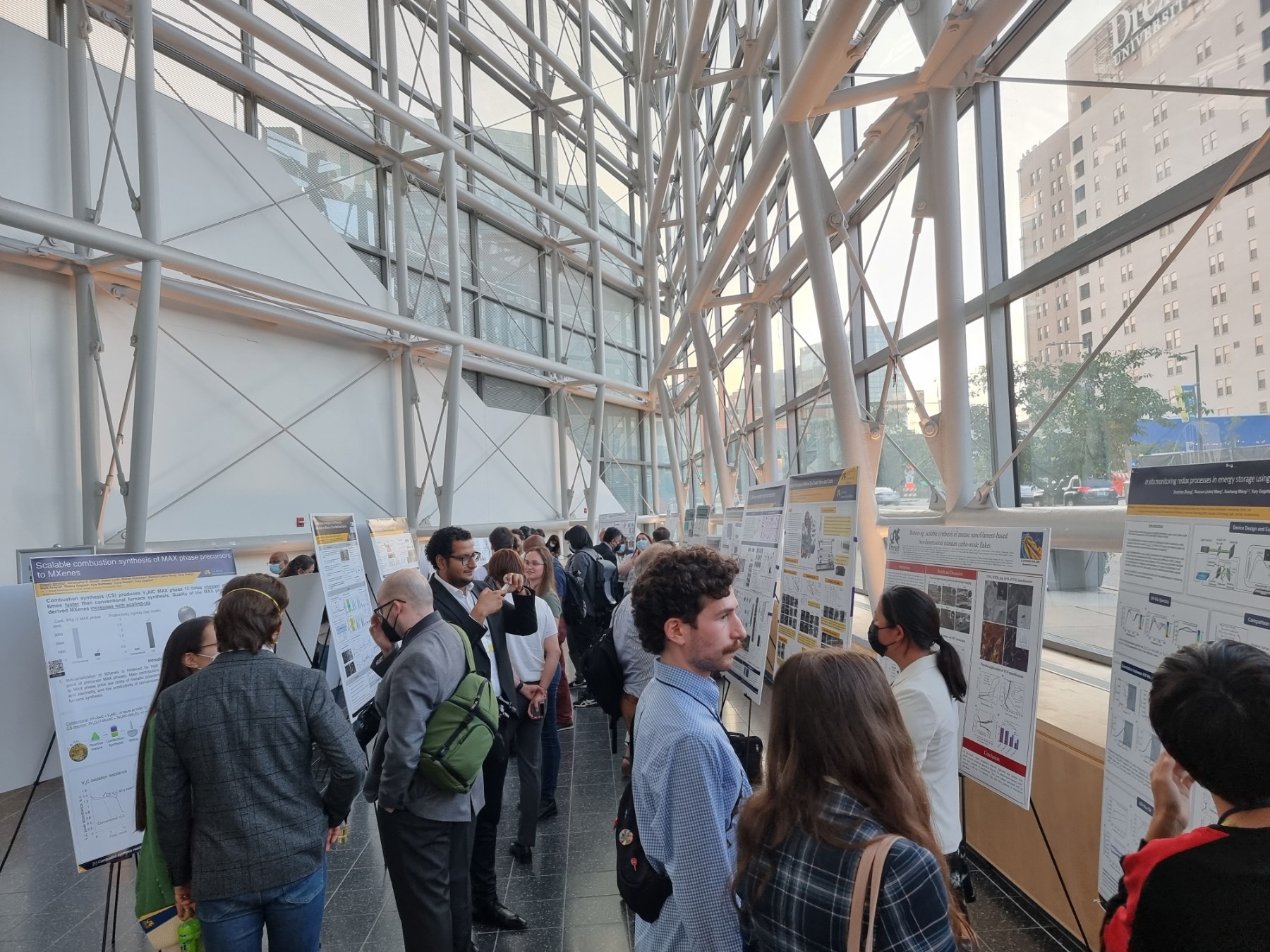
 Meeting during the MXene international conference held in Drexel University on Aug. 3, 2022, and discussing the roadmap for launching MX-MAP research project on MXenes for medical applications.
Meeting during the MXene international conference held in Drexel University on Aug. 3, 2022, and discussing the roadmap for launching MX-MAP research project on MXenes for medical applications.